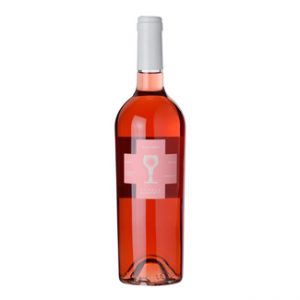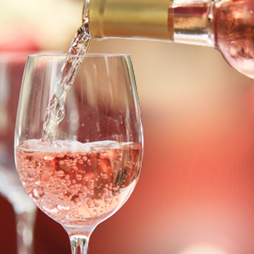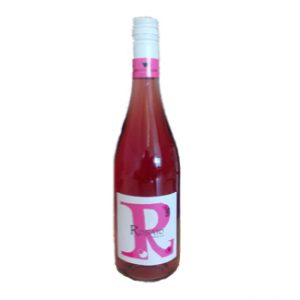Rosé has exploded onto the North American scene in the past decade. In France, it now surpasses the sale of white wine. While we enter a three-month stretch of blissful pink wine drinking weather we have to keep in mind that not all rosés are created equally. There are many factors that contribute to a good quality rosé. In fact, the different pink hues, styles, variety of grapes, county and producer can all effect quality and it can be daunting to decide which rosé will suite your taste. Hopefully, we can help demystify rosé wine and lead you to the perfect style for your summer sipping enjoyment.
What is Rosé Wine?
Simply put, rosé is made when the juice of red wine is strained from its skins before it becomes too dark.
Where does Rosé Come From?
You can make rosé anywhere in the world, from almost any black grape and is not from a specific grape or region; but referred to as a genre of wine such as red or white. The biggest producers by volume are France, Spain, Italy, and the United States. However, many other wine regions across the world produce high-quality, delicious rosé.
Most rosés are blends of multiple grapes, but some of the best are made with single varietals from premium grapes. Common grape varieties used in dry styles are Grenache, Sangiovese, and Pinot Noir. However, unique varieties from smaller winemaking regions are becoming popular amongst serious wine enthusiasts.
How is Rosé Made?
What are the Different Styles of Rosé?
What does Rosé Pair With?
 Rosés are some of the most versatile wines, thanks to their bright acidity and lack of tannins. One big factor to consider is whether the wine is sweet or dry. Dry rosés often work best with lighter dishes, such as fish, grilled chicken and vegetables, light cheese and charcuterie, and summer salads. Some rosés that have gone through maceration can stand up to richer foods such as BBQ chicken or pork. Sweeter rosés work with a wider range of foods and can pair nicely with foods that have spice such as Thai, Indian or spicy BBQ flavours. Rosés don’t typically pair well with sweet desserts. Sweet foods can accentuate the alcohol in the wine and make it taste bitter or flat.
Rosés are some of the most versatile wines, thanks to their bright acidity and lack of tannins. One big factor to consider is whether the wine is sweet or dry. Dry rosés often work best with lighter dishes, such as fish, grilled chicken and vegetables, light cheese and charcuterie, and summer salads. Some rosés that have gone through maceration can stand up to richer foods such as BBQ chicken or pork. Sweeter rosés work with a wider range of foods and can pair nicely with foods that have spice such as Thai, Indian or spicy BBQ flavours. Rosés don’t typically pair well with sweet desserts. Sweet foods can accentuate the alcohol in the wine and make it taste bitter or flat.What Rosé Does The Small Winemakers Collection Offer?
Schola Sarmenti – Masserei Rosè Negramaro 2016 2016 $20.80 / bottle, cases of 12 Puglia, Italy Made with 100% Negroamaro, made by the skin maceration technique.Masserei translates as “smells nice” in the local dialect. An engaging nose of fresh ripe red fruits (strawberry/raspberry) opening to a bouquet of floral aromas further complexed by background mineral notes. Medium -bodied with a core of fresh, crisp acidity. Dry finish. Serious pink wine! |
The Small Winemakers Collection (SWC) is a Toronto-based wine agent supplying wine to restaurants and private consumers across Ontario. Their mission is to offer high quality wine from small winemakers and family-owned wineries that make remarkable wine with a captivating story from around the world. SWC has been in operation for 25 years and the original founders still bring their passion and expertise for wine to the agency every day. They have traveled the world in search of great wine from small lot wineries. Since their inception, product quality has been at the forefront of our collection. Discover the several varieties of the world’s most exclusive wines available through our online wine delivery service.



